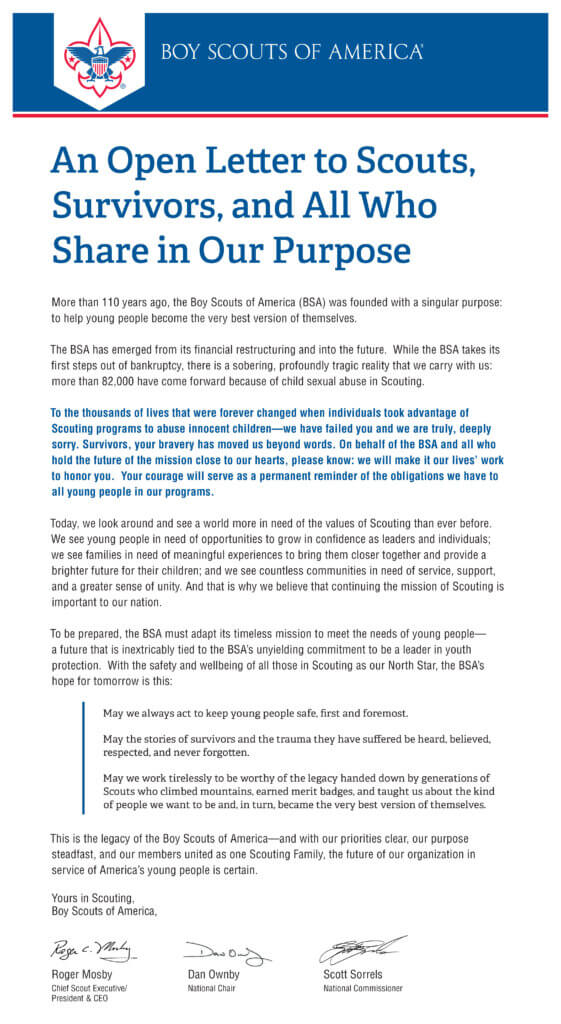
BSA’s SAFE Checklist for Units
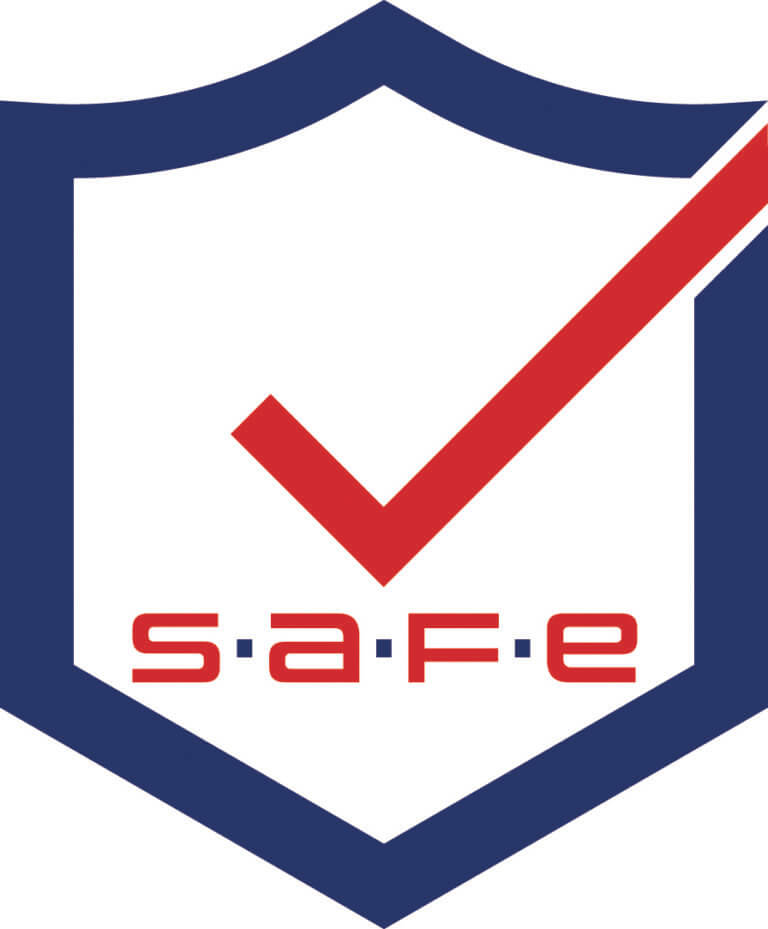
Scouts and their parents expect all Boy Scouts of America activities to be conducted safely. To ensure the safety of participants, the Boy Scouts of America expects leaders to use the four points of SAFE when delivering the Scouting program.
SUPERVISION
Youth are supervised by qualified and trustworthy adults who set the example for safety.
- Accepting responsibility for the well-being and safety of youth under their care.
- Ensuring that adults are adequately trained, experienced, and skilled to lead the activity, including the ability to prevent and respond to likely problems and
potential emergencies. - Knowing and delivering the program of the Boy Scouts of America with integrity.
- Using qualified instructors, guides, or safety personnel as needed to provide additional guidance.
- Maintaining engagement with participants during activities to ensure compliance with established rules and procedures.
A Must Know for Leaders – Guide for Safe Scouting Effective September 1, 2023
 What is the Guide to Safe Scouting?
What is the Guide to Safe Scouting?
Guide to Safe Scouting is, is the BSA’s resource for leaders that contains policies and guidelines for Scouting activities created to keep the youth in the program safe. Find this document at https://www.scouting.org/health-and-safety/safety-moments/gss/. It is important to only use the online version to get the most current version of the resource.
Updated Guidelines, Effective September 1, 2023
Two registered adult leaders 21 years of age or over are required at all Scouting activities, including all meetings. There must be a registered female adult leader 21 years of age or over in every unit serving females. A registered female adult leader 21 years of age or over must be present for any activity involving female youth or female adult program participants.
Notwithstanding the minimum leader requirements, age and program-appropriate supervision must always be provided.
All adults staying overnight in connection with a Scouting activity must be currently registered in an adult fee required position as listed or as an adult program participant. Limited exception below for Cub Scout overnight Programs.
See FAQ for list of adult fee-required positions. Registration as a Merit Badge Counselor does not meet this requirement.
 Cub Scout Programs – Overnight Exception: Cub Scout parents or legal guardians taking part in an overnight Cub Scout program with their own child or legal ward are not required to register as leaders. All adults must review the “How to Protect your Children from Child Abuse: A Parent’s Guide” that can be found in the front of each Cub Scout Handbook. In addition, the parent or legal guardian must be accompanied by a registered leader at any time they are with youth members other than their own child/ward. All other overnight adults must be currently registered in an adult fee-required position.
Cub Scout Programs – Overnight Exception: Cub Scout parents or legal guardians taking part in an overnight Cub Scout program with their own child or legal ward are not required to register as leaders. All adults must review the “How to Protect your Children from Child Abuse: A Parent’s Guide” that can be found in the front of each Cub Scout Handbook. In addition, the parent or legal guardian must be accompanied by a registered leader at any time they are with youth members other than their own child/ward. All other overnight adults must be currently registered in an adult fee-required position.
How to Become a Registered Adult Leader in the Alamo Area Council
The BSA is open to all who meet the requirements, and leaders are selected based on individual merit. Adult leaders must possess the moral, educational, and emotional qualities that the BSA deems necessary for positive leadership to youth. Before submitting their completed application packet to their unit leadership, adult applicants must also:
- Abide by the Scout Oath, Scout Law, and Scouter Code of Conduct. The Scouter Code of Conduct can be found at www.scouting.org/health-andsafety/gss/bsa-scouter-code-of-conduct/
- Subscribe to the precepts of the Declaration of Religious Principle.
- Reside within the USA or a U.S. territory, or be a U.S. citizen residing outside the USA.
- Be 21 years of age or older for primary leadership positions.
- Be 18 years of age or older for assistant leadership positions.
- Complete online Youth Protection training (YPT) and Leader Specific Training by going to my.scouting.org and creating an account.
- Completed application.
Your completed application packet to your unit leaders for further processing. Items must include:
-
- Completed adult application: https://filestore.scouting.org/filestore/pdf/524-501.pdf
- Completed and signed Background Check Authorization form.
- A printed copy of your Youth Protection Training certificate.
- A printed copy of your position-specific training certificate.
- Registration fees.
A Must Know for Cub Scout Leaders – Guide for Safe Scouting Update 2023
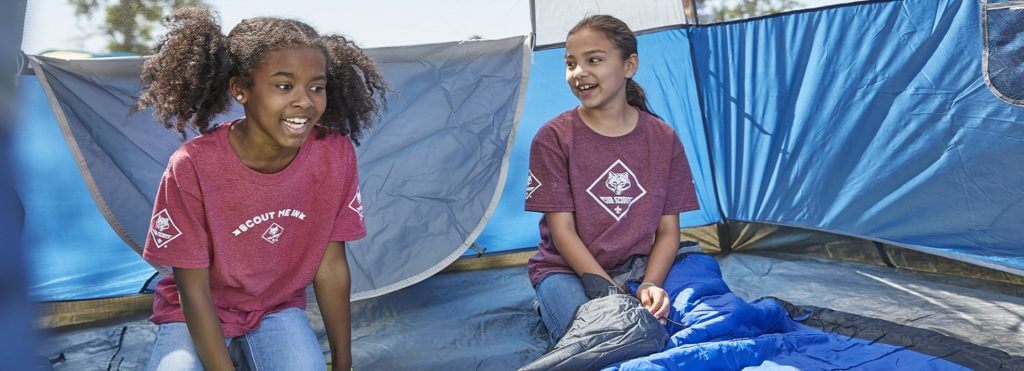 The Boy Scouts of America has issued some clarifications for Cub Scout Camping that our units need to be aware of. If you have questions about these, please don’t hesitate to reach out to Adventure@alamoareabsa.org Clarifications are bolded below but be sure to be knowledgeable about the entire document.
The Boy Scouts of America has issued some clarifications for Cub Scout Camping that our units need to be aware of. If you have questions about these, please don’t hesitate to reach out to Adventure@alamoareabsa.org Clarifications are bolded below but be sure to be knowledgeable about the entire document.
For those who might be unaware of what the Guide to Safe Scouting is, it is the BSA’s resource for leaders that contains policies and guidelines for Scouting activities. It’s always a good idea to reacquaint yourself with this important document, after all, the Guide to Safe Scouting is just that – a document created to keep the youth in the program safe.
Additional Guidelines Specifically for Cub Scout Unit-Coordinated Camping
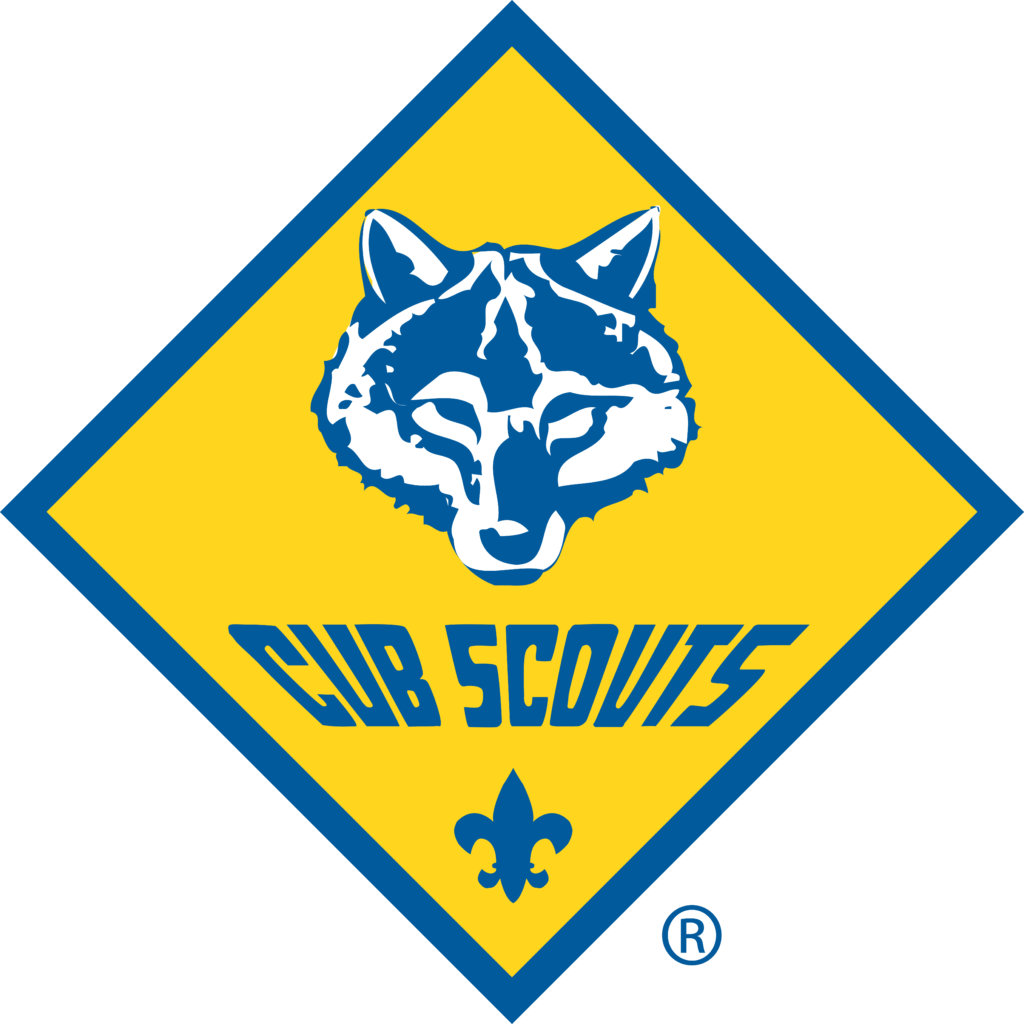 Cub Scout camping is limited to their council’s designated locations with appropriate facilities.
Cub Scout camping is limited to their council’s designated locations with appropriate facilities.
- Councils use Pack Overnight Campout Site Appraisal Form (www.scouting.org/wp-content/uploads/2018/07/430-90218-PackOvernightForm_Fillable.pdf) to review and designate locations.
- Units can request from their council a site appraisal but cannot do their own appraisal.
- Cub Scout pack unit coordinated camping is limited to single overnight experiences.
- Cub Scout camping is a family-centric program.
- Cub Scout youth may tent with a parent or guardian as outlined in Scouting’s Barriers to Abuse.
- Cub Scout youth should attend the camping event with their parent(s)/ guardian(s).
- Lions and Tigers must have their adult partner present to take part.
- For all other ranks: only in exceptional circumstances, a Cub Scout whose parent or legal guardian cannot attend a unit overnight camping trip may participate under the supervision of another registered adult member of the BSA, a parent of a Cub Scout who is also attending. The unit leader and a parent or legal guardian must agree to the arrangement, and all Youth Protection policies apply. At no time may another adult accept responsibility for more than one additional “non family member” youth.
- Webelos and Arrow of Light Den Camping: Each Scout should attend with their parent(s) or guardian(s). A Webelos or Arrow of Light Scout whose parent or legal guardian cannot attend a den overnight camping trip may participate under the supervision of at least two registered leaders. The leaders and a parent or legal guardian must agree to the arrangement, and all Youth Protection policies apply.
- Only Webelos and Arrow of Light dens may conduct den-coordinated campouts. Den camping only includes the Webelos or Arrow of Light youth. As with pack-coordinated campouts, the den must have a BALOO-trained adult leader in attendance and all Youth Protection policies apply.
- Webelos/Arrow of Light Den Camping may participate and camp at a Scouts BSA troop unit campout. All Cub Scout camping requirements still apply, including the den must have a BALOO-trained adult leader in attendance and all Youth Protection policies apply.
- Webelos/Arrow of Light Dens may only participate at a Scouts BSA “camporee” as day visitors.
 Helpful Links to Know
Helpful Links to Know
Guide to Safe Scouting link: https://www.scouting.org/health-and-safety/safety-moments/gss/. It is important to only use the online version to get the most current version of the resource.
Cub Scout Packs who camp, must have a minimum of one BALOO-trained leader at the campout. Basic Adult Leader Outdoor Orientation (BALOO) trainings can be found at the Boy Scouts of America, Alamo Area Council’s Training Calendar.
Venturing, and Why You Need To Know About It
 One of the questions I have been asked most frequently since becoming involved with Venture Scouts three years ago, even from those involved with Scouting is, “What is Venturing?” The question tends to make me hesitate, how exactly do I go about describing what our Crew is? My go-to answer is that we are a Scouting unit that focuses more on outdoor activities and high adventure, but it really is so much more than that.
One of the questions I have been asked most frequently since becoming involved with Venture Scouts three years ago, even from those involved with Scouting is, “What is Venturing?” The question tends to make me hesitate, how exactly do I go about describing what our Crew is? My go-to answer is that we are a Scouting unit that focuses more on outdoor activities and high adventure, but it really is so much more than that.
Most people, even those not involved with Scouts, recognize and are at least familiar with the programs of the Boy Scouts of America. They see the khaki uniform and probably think of knot-tying, camping, and earning merit badges. But when someone sees the dark green uniform shirt worn by Venture Scouts, even those involved with Scouts may not be familiar with the program. The Venturing Handbook describes Venturing as an “Adventure with a purpose” and I doubt I could come up with a better description myself. But what does that mean, “Adventure with a purpose”? Our goal as a Venturing Crew is to go out there and try new things, explore new places, and grow as individuals through adventure.
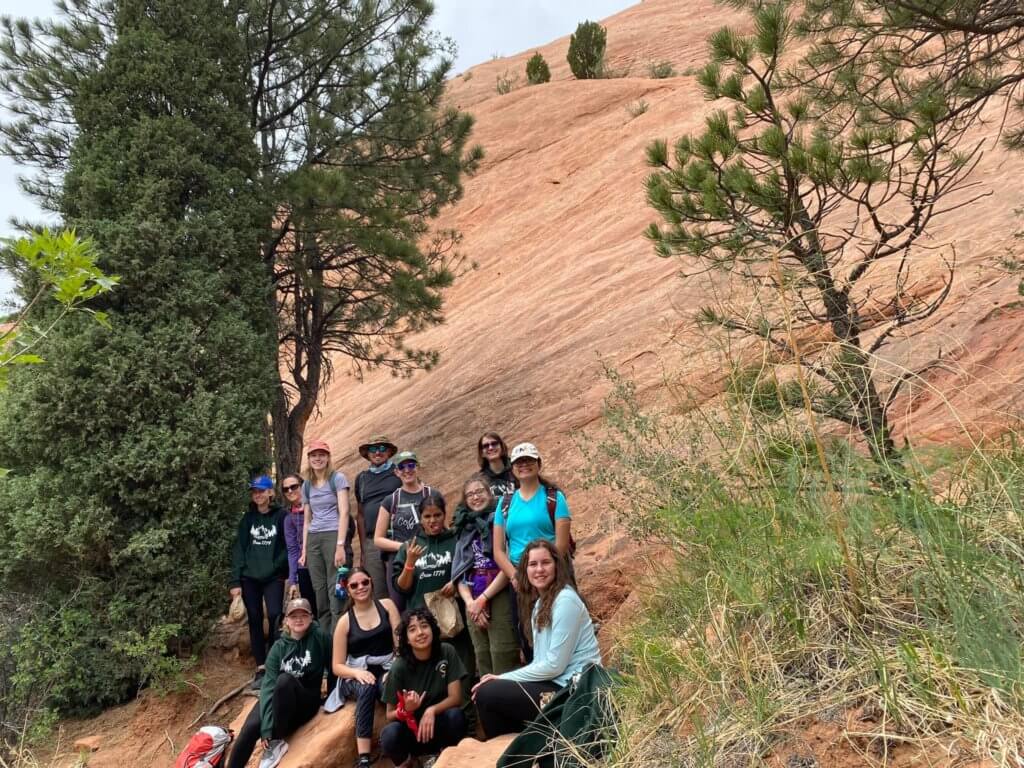 How do we go about that you might ask? The Venture Program is set up to help Scouts achieve this through leadership opportunities, giving back to the community, and personal growth. Unlike the Scouts BSA program, Venture Scouts don’t work on merit badges, but we do have a similar advancement program. Scouts earn a series of awards (the equivalent of ranks in other BSA programs), that have different participation, service hour, leadership, and training requirements. Each level invites the scout to participate in a personal reflection and set and achieve personal goals. The Venture Scouts also have the opportunity to help lead the Crew by running and serving in Crew Officer positions.
How do we go about that you might ask? The Venture Program is set up to help Scouts achieve this through leadership opportunities, giving back to the community, and personal growth. Unlike the Scouts BSA program, Venture Scouts don’t work on merit badges, but we do have a similar advancement program. Scouts earn a series of awards (the equivalent of ranks in other BSA programs), that have different participation, service hour, leadership, and training requirements. Each level invites the scout to participate in a personal reflection and set and achieve personal goals. The Venture Scouts also have the opportunity to help lead the Crew by running and serving in Crew Officer positions.
One of the main goals of the Venture Program is to give scouts the opportunity to develop leadership skills. Venturing is a youth-lead program. Each and every meeting and activity is planned by the scouts. Though the elected Crew leaders plan and run the meetings, every member of the Crew takes turns planning campouts and activities outside of our meetings.
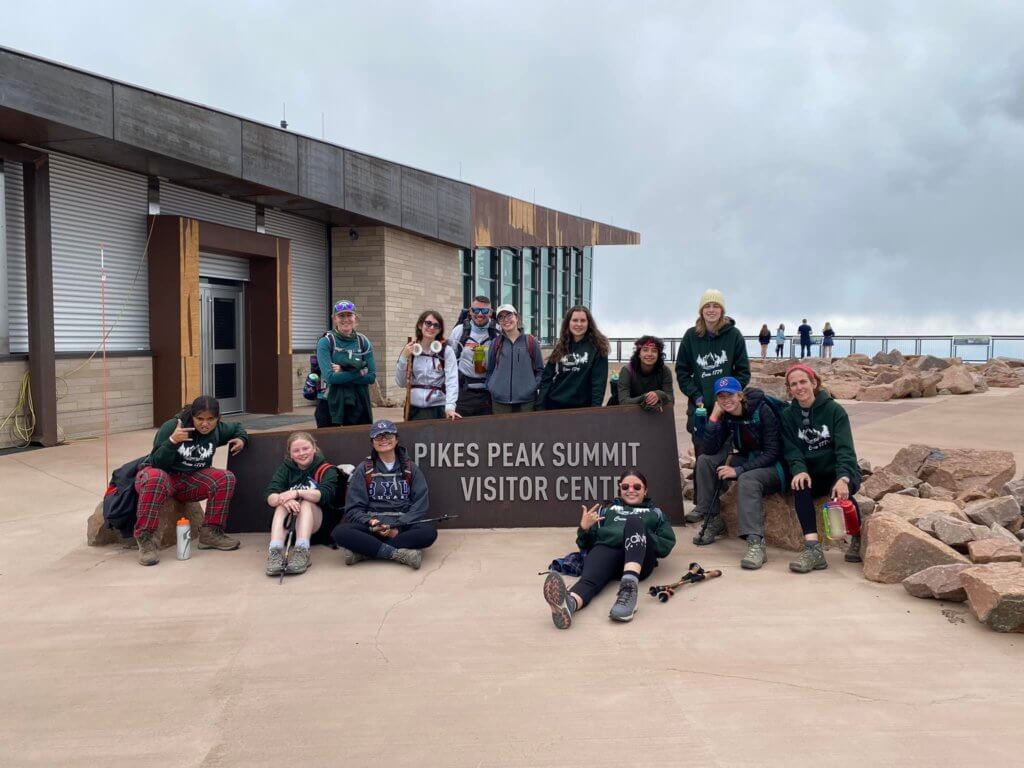 Over the past three years, I have had the pleasure and the privilege of watching our youth grow and take on leadership roles that they normally wouldn’t have the opportunity to. Last summer one of our Crew members planned our road trip up to Colorado where we went to High Adventure camp at Camp Alexander. Not only did she plan the route we would take, but she planned our stops along the way, booked our hotel rooms, and came up with a budget for the drive. While we were there I was able to watch the girls encourage and push each other to try new things. I watched as they struggled up the side of the mountain at much higher altitudes than they were used to and make it to the top. They were able to climb up a rock face and overcome their fear of heights, raft down a river and experience the thrill of the rapids. They built new friendships and had new experiences they wouldn’t have been able to without the Venturing Program.
Over the past three years, I have had the pleasure and the privilege of watching our youth grow and take on leadership roles that they normally wouldn’t have the opportunity to. Last summer one of our Crew members planned our road trip up to Colorado where we went to High Adventure camp at Camp Alexander. Not only did she plan the route we would take, but she planned our stops along the way, booked our hotel rooms, and came up with a budget for the drive. While we were there I was able to watch the girls encourage and push each other to try new things. I watched as they struggled up the side of the mountain at much higher altitudes than they were used to and make it to the top. They were able to climb up a rock face and overcome their fear of heights, raft down a river and experience the thrill of the rapids. They built new friendships and had new experiences they wouldn’t have been able to without the Venturing Program.
So to answer that commonly asked question, “What is Venturing?” I would say that the program is an opportunity for youth to learn and practice their leadership skills while pushing themselves to try new things, as well as, give back to the community through service along the way. That is what the Venturing Program is, Adventure with a purpose.
___________________________
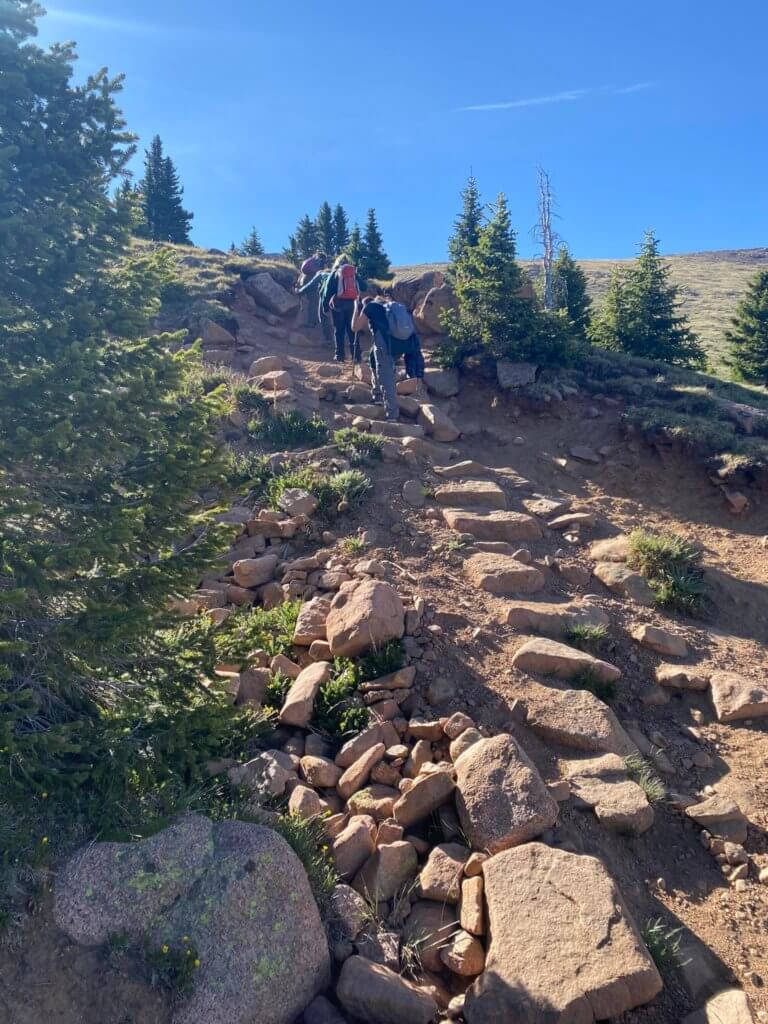 Guest author: Rachael Storms, joyful Woodbadge graduate, and Advisor for Crew 1779 of the Roadrunner District. Interested in finding out more about Venturing? Contact your District Executive or visit BeAScout.org to find one meeting near you.
Guest author: Rachael Storms, joyful Woodbadge graduate, and Advisor for Crew 1779 of the Roadrunner District. Interested in finding out more about Venturing? Contact your District Executive or visit BeAScout.org to find one meeting near you.

